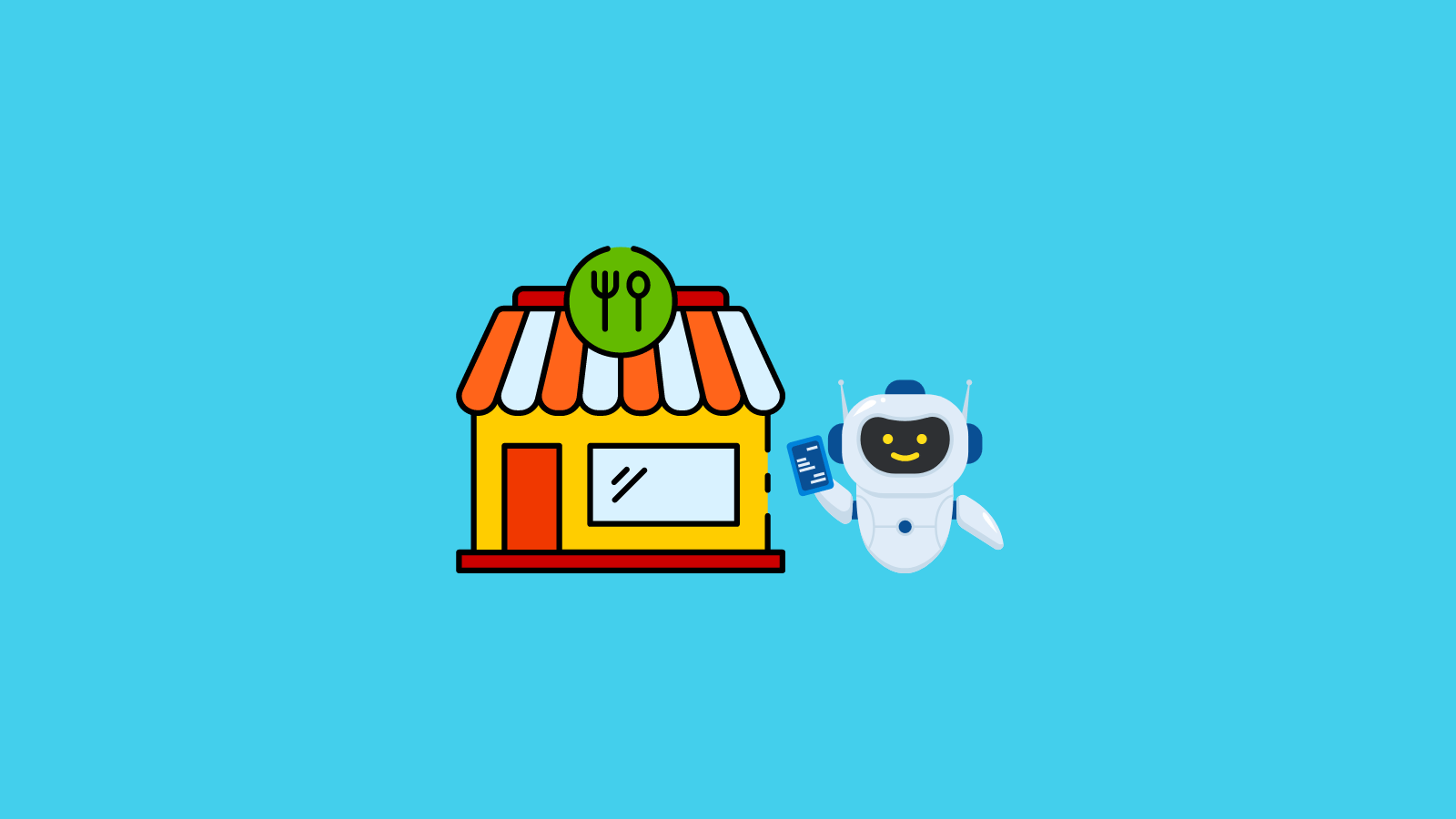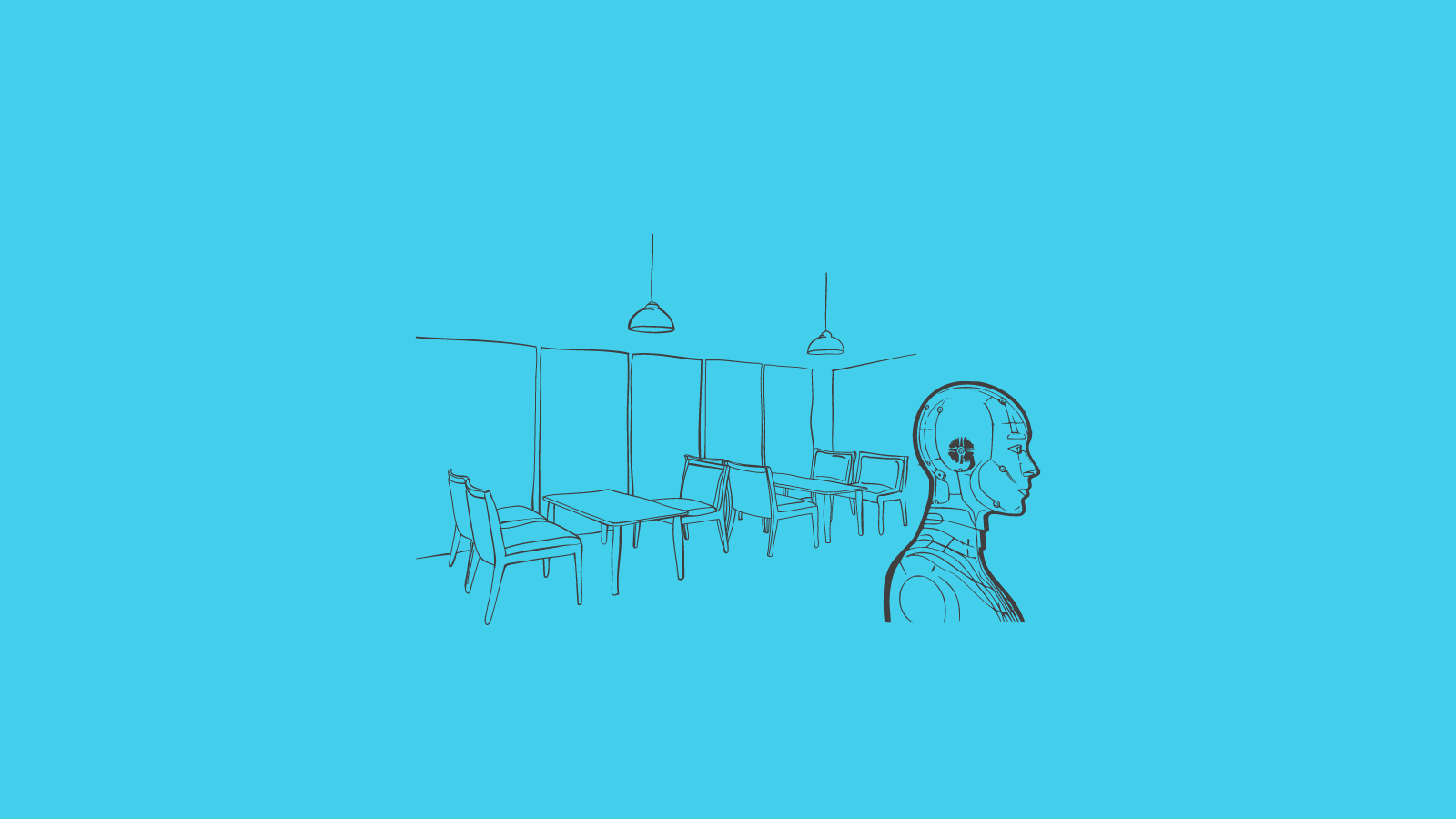AI Chatbots for Restaurants: Providing Instant Support to Customers
For restaurant owners and managers looking to stay ahead of the curve and provide exceptional customer service, implementing AI chatbots can be a game-changer. This blog aims to demonstrate how restaurant chatbots can revolutionize the dining experience and streamline operations by addressing common concerns and highlighting the key benefits.
Chapters
The Rise of AI Technology in Restaurants

Advancements in Artificial Intelligence (AI) have paved the way for innovative technologies to transform various industries, and the restaurant sector is no exception. AI technology in restaurants has gained significant traction with restaurant chatbots emerging as a powerful tool to enhance customer service and overall operational efficiency.
What are Restaurant Chatbots?
Restaurant chatbots are AI-powered virtual assistants designed to interact with customers through messaging platforms or website interfaces. These intelligent systems can understand and respond to customer inquiries, provide information, and even handle reservations and payment processes. By leveraging natural language processing (NLP) and machine learning algorithms, restaurant chatbots can engage in human-like conversations, ensuring a seamless and personalized customer experience. Integrating platforms like slang.ai can further improve the conversational abilities of these chatbots, allowing them to better understand and respond to customers’ language nuances and preferences.
The Benefits of AI Chatbots for Restaurants
1. 24/7 Availability and Instant Response
One of the most significant advantages of AI chatbots is their ability to provide instant customer support around the clock. Unlike human staff, chatbots never take breaks or have off days, ensuring that customers receive prompt assistance whenever they need it. This continuous availability can significantly improve customer satisfaction and loyalty, as well as create a competitive edge for restaurants in the industry.
2. Efficient Order Processing and Reservations
Restaurant chatbots can streamline order processing and reservation management, reducing the risk of errors and improving operational efficiency. Customers can conveniently place orders or make reservations through the chatbot interface, eliminating the need for lengthy phone calls or in-person interactions. This not only enhances the customer experience but also frees up staff time, allowing them to focus on other crucial tasks.
3. Personalized Recommendations and Upselling
By leveraging customer data and preferences, AI chatbots can provide personalized recommendations for menu items, wine pairings, or special offers. This level of personalization not only enhances the dining experience but can also lead to increased sales and revenue for the restaurant. Additionally, chatbots can suggest upsell opportunities, such as appetizers or desserts, based on the customer’s order history or preferences.
4. Multilingual Support and Accessibility
Restaurant chatbots can be programmed to support multiple languages, making them accessible to a diverse customer base. This feature is particularly valuable for restaurants operating in areas with a significant tourist population or in regions with multiple languages spoken. Furthermore, chatbots can assist customers with disabilities or those who prefer text-based communication, ensuring an inclusive dining experience for all.
Implementing AI Chatbots in Restaurants
While the benefits of AI chatbots for restaurants are numerous, their successful implementation requires careful planning and execution.
| Consideration | Generic Chatbot | Restaurant Chatbot |
| Integration | May require custom integration | Often pre-integrated with POS, reservation, and CRM systems |
| Knowledge Base | General knowledge | Specialized knowledge of menu items, restaurant operations, and FAQs |
| Functionality | Basic inquiries and tasks | Order processing, reservations, personalized recommendations, upselling |
| Training | Broad training data | Tailored training data for restaurant-specific scenarios |
| Personalization | Limited personalization | Personalized recommendations based on customer preferences and order history |
| Multilingual Support | Limited language options | Multilingual support tailored to the restaurant’s customer base |
| Industry-Specific Features | Lacking industry-specific capabilities | Designed for restaurant-specific use cases and workflows |
Here are four major key considerations to look for:
1. Integration with Existing Systems
To ensure seamless operations, restaurant chatbots should be integrated with existing systems such as point-of-sale (POS) systems, reservation platforms, and customer relationship management (CRM) software. This integration enables real-time data exchange and ensures that customer interactions and preferences are accurately recorded and accessible to staff.
2. Training and Continuous Learning
Like any AI system, restaurant chatbots require ongoing training and data input to improve their performance and maintain accuracy. Restaurants should invest in updating the chatbot’s knowledge base with new menu items, promotions, and frequently asked questions. Additionally, incorporating customer feedback and interactions can help the chatbot continuously learn and adapt to better understand and serve customers.
3. Privacy and Data Security
As restaurant chatbots handle sensitive customer information, such as payment details and personal preferences, it is crucial to implement robust data privacy and security measures. Restaurants should comply with applicable data protection regulations and industry best practices to safeguard customer information and maintain trust in their services.
4. Human Oversight and Escalation
While AI chatbots are highly capable, there may be instances where human intervention is required, such as for complex inquiries or situations requiring empathy and emotional intelligence. Restaurants should establish protocols for escalating conversations to human staff when necessary, ensuring a seamless transition and maintaining a high level of customer service.
AI Chatbots and the Future of Restaurants

The adoption of AI chatbots in the restaurant industry is poised for significant growth in the coming years. As technology continues to evolve and customer expectations shift, restaurant chatbots will become increasingly sophisticated, offering more advanced features and capabilities.
One idea is to combine voice recognition with chatbots for interaction. It allows hands-free communication, improving the customer dining experience significantly. Predictive analytics and machine learning could help restaurant chatbots. They might anticipate customer needs and preferences, suggesting menu items.
They could provide personalized recommendations using historical data and trends. Additionally, with the increasing need for contactless services, restaurant chatbots can help with curbside pickup and contactless payments. This boosts customer convenience and safety.
Conclusion
As the demand for exceptional customer service and operational efficiency continues to grow, AI chatbots present a compelling solution for restaurants. By addressing common concerns and highlighting the numerous benefits, this blog has demonstrated the potential of restaurant chatbots to transform the dining experience and drive business success. Restaurants that embrace this innovative technology will be well-positioned to meet evolving customer expectations and stay ahead of the competition.
Frequently Asked Questions
Aren’t AI chatbots impersonal and unable to provide a human touch?
Modern AI chatbots aim to chat like humans. They’re friendly and personable. Though not as warm as human interaction, they offer efficiency. They help staff focus on emotionally demanding tasks.
How secure are AI chatbots when handling sensitive customer data?
Data security is crucial for AI chatbots. Good providers focus on security, like encryption and GDPR compliance. Restaurants should also enforce access controls and audit chatbots frequently.
Can AI chatbots handle complex inquiries or special requests?
AI chatbots handle basic tasks well. Yet, they struggle with complex or specific queries. Restaurants can set rules to transfer chats to humans. This guarantees customers get proper help and attention.
How difficult is it to integrate AI chatbots with existing restaurant systems?
The integration process varies based on the chatbot provider. Some chatbot solutions seamlessly integrate with POS systems and CRM software. Restaurants may need guidance from IT teams for smooth integration.
Key Takeaways
- AI chatbots provide 24/7 instant customer support, improving customer satisfaction and loyalty.
- Chatbots can streamline order processing and reservation management. They can increase efficiency and cut errors.
- Personalized recommendations and upselling opportunities through chatbots can drive increased sales and revenue.
- Chatbots have multilingual support and accessibility features. They cater to a diverse customer base and promote inclusivity.
- Success requires integrating with existing systems. It also takes ongoing training, data security, and human oversight.
- AI chatbots have a promising future in the restaurant industry. They will have advanced features like voice recognition, predictive analytics, and contactless service integration.
Create more and better content
Check out the following resources and Grow!